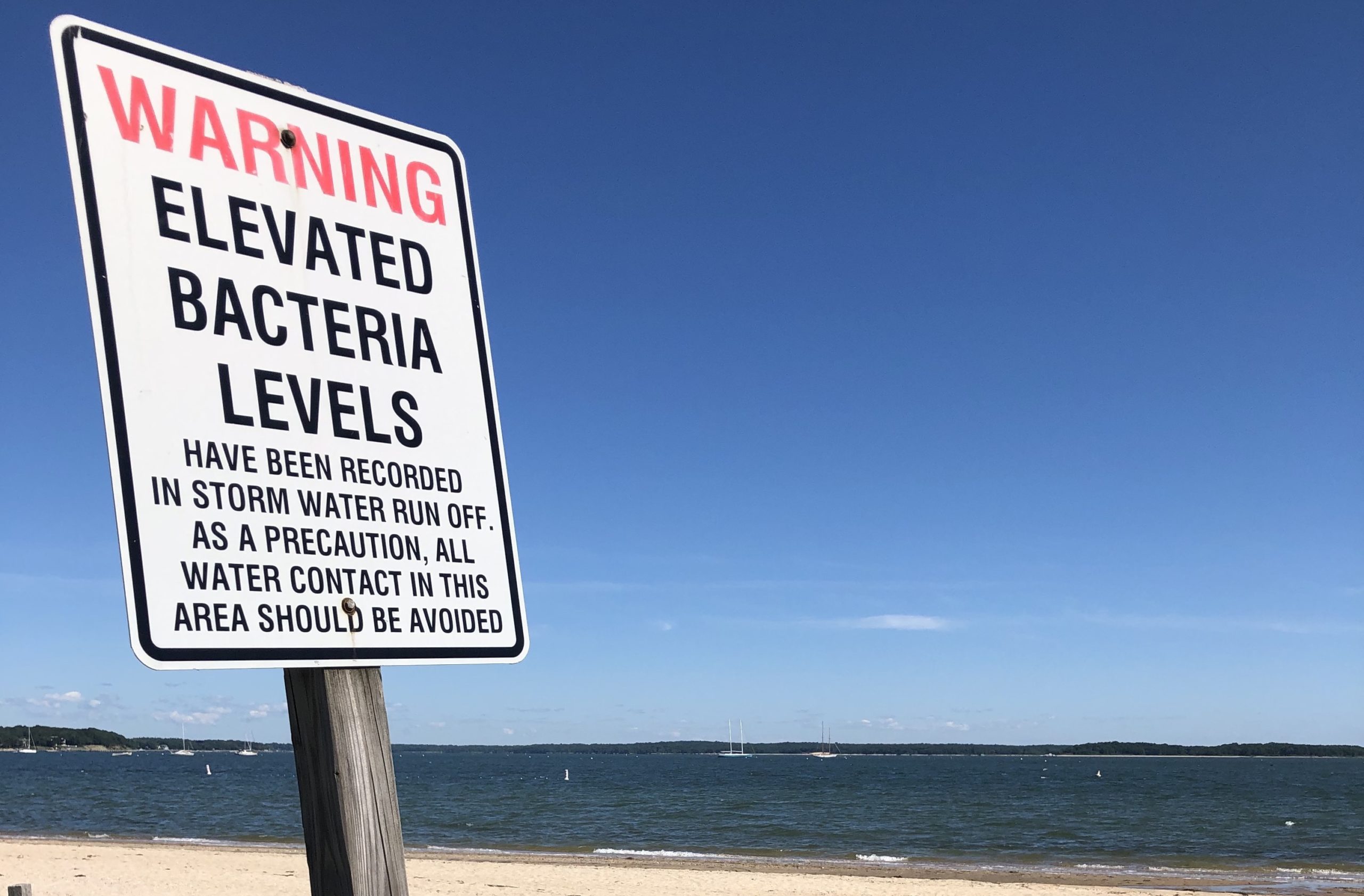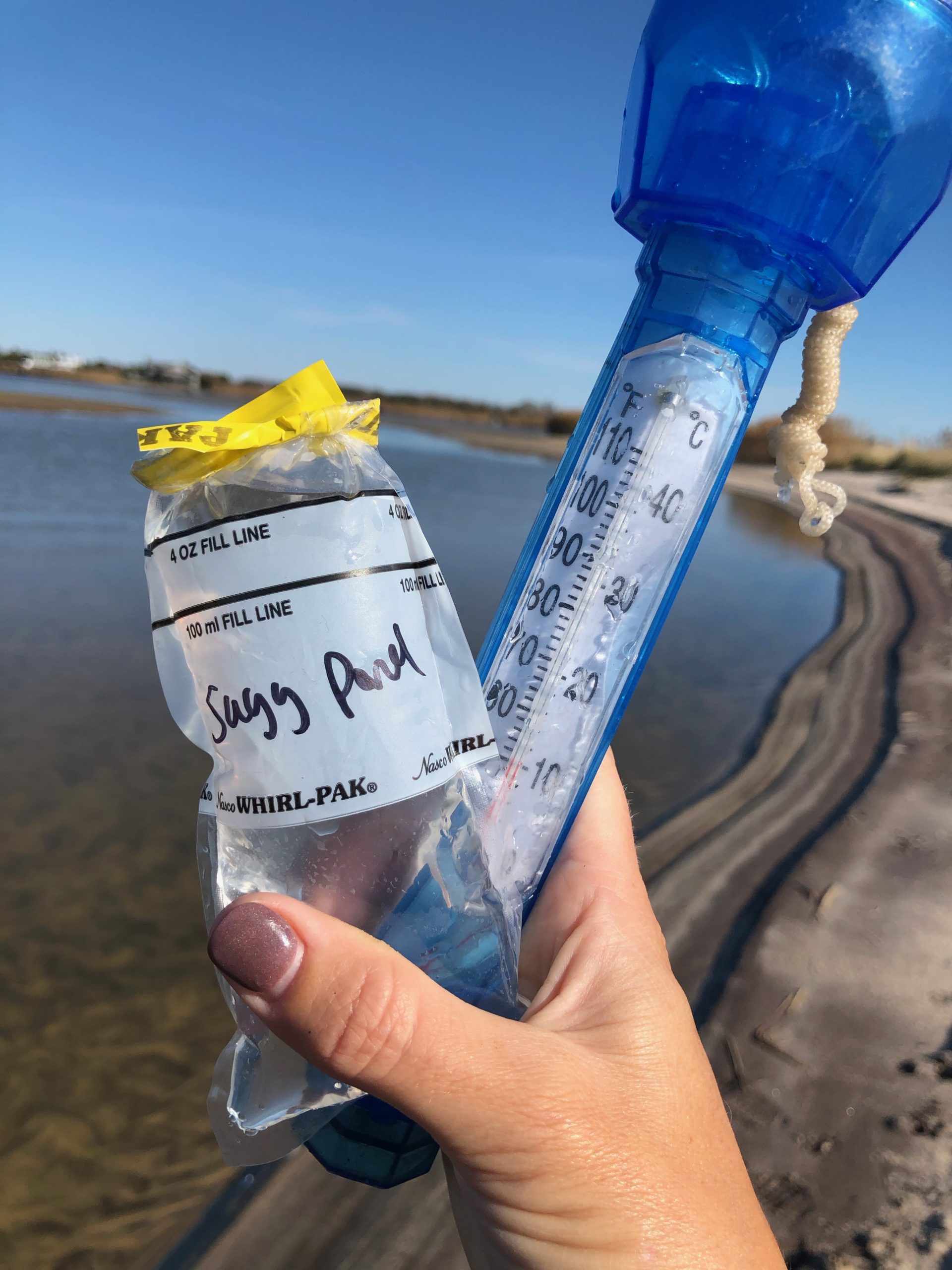Surfrider, CCOM and Peconic Baykeeper Release 2019 Water Quality Report


The Blue Water Task Force, the Surfrider Foundation’s citizen science program that generates water quality information, has released its 2019 water quality report. The goal is to promote safe beach recreation and to target polluted areas so that solutions can be found.
Locally, the Surfrider Foundation of Eastern Long Island, the Concerned Citizens of Montauk and the Peconic Baykeeper have joined together to monitor over 60 sites from East Quogue to Montauk.
During 2019, volunteers and staff collected over 1,300 samples of water to test. Samples were taken weekly during the summer, biweekly during the fall and spring and monthly during the winter from a variety of waterways, including ocean and bay beaches, estuaries, ponds, coastal ponds and stormwater outflows.
Volunteers from the three organizations collected the samples which were tested for units of enterococcus, a fecal bacteria that indicates the presence of human or animal waste in the water. The levels of enterococcus in our waters are what officials use to make decisions on beach closures. High levels could potentially mean other bacteria and viruses that could make swimmers sick. The samples are also tested for cyanobacteria or blue green algae at Dr. Christopher Gobler’s laboratory at Stony Brook Southampton University, which also helps the state determine any toxic algae blooms. The report is meant to augment the data the Suffolk County Department of Health Services provides through its seasonal beach program.
Sources of water pollution include stormwater, groundwater and wastewater.

The Results
While bay and ocean beaches generally test clean, bacteria at these sites can be elevated during the tourist season or after heavy rainfall.
“The more chronically polluted locations include creeks, ponds and outfalls that receive high volumes of stormwater runoff,” the report said. These spots include the Methodist Lane Swale in East Hampton Village and the outfall pipe at Surfside Place in Montauk.
“Smaller stagnant water bodies with high populations of birds and waterfowl like Pussy’s Pond in Springs or David’s Lane Duck Pond in East Hampton Village, also show frequent high bacteria levels,” the report continued.
The creeks that flow into Lake Montauk to the east and west of South Lake Beach often exceed health standards with high bacteria levels. East Creek showed a high bacteria rate of 66%, while West Creek was 31%.
“Families with children that visit these beaches should be aware of the poor water quality conditions in these freshwater flows and keep their children from playing in them,” stated the report.
There is good news for Montauk. Sampling sites that showed improvement from 2018 to 2019, include the swim area at South Lake Beach, which dropped from a high bacteria rate of 18% to 8%. The site at Industrial Road on Fort Pond, which had a high bacteria rate of 32% in 2018 did not exceed the health standard in 2019.
One contributing factor to this improvement may be The Surf Lodge’s major septic system upgrade during the spring of 2019, the report noted.
“While further testing is needed to see if bacteria rates will stay low again this year, it is hopeful that better treatment and handling of wastewater at this lakeside establishment will continue to support cleaner water in the Fort Pond,” read the report.
The report also notes that CCOM’s Save the Lake, Save the Pond program may begin to pay off as “residents are encouraged to practice better septic care and to swap out their existing cesspools and septics with advanced-treatment systems.”
Public access points to Georgica Pond in East Hampton have often tested for high bacteria rates. In 2019 the rates were much lower than the previous year, despite 2019 having more rainfall. The kayak launch access site on Route 27 dropped from a high bacteria rate of 70% to 50%. The Cove Hollow Access dropped from 64% to 32%. Samples collected from the pond itself on the beach came in at 23%, down from 36%.

“The cut between Georgica Pond and the ocean was open for much longer during 2019 than it was in 2018, and this likely contributed to more flushing of clean ocean water into the pond and lower fecal indicator bacteria levels,” the report said.
Other sites in East Hampton that tested cleaner in 2019 were Napeague Harbor and Folkstone Drive in Three Mile Harbor.
In Southampton Town, the highest bacteria rates were discovered at Mecox Bay in Water Mill with 32% and Sagg Pond in Sagaponack with 39%.
“This is alarming because despite seasonal problems with cyanobacteria/blue green algae blooms, people and especially children and dogs, do still wander into these waterways as they walk along the beach,” said the report.
The northern sampling site in Weesuck Creek in East Quogue came in at 26%, while Little Fresh Pond in North Sea was 30%, each showing continual problems with high bacteria levels.
Meschutt Beach in Hampton Bays and Circle Beach in Noyac both saw bacteria levels drop from a high bacteria rate of 15% in 2018 to 7% in 2019. The high bacteria rate measured at Windmill Beach, which is not a swimming beach, in Sag Harbor dropped from 25% to 15%. Havens Beach, also in Sag Harbor came in at 11% while Long Beach tested 10% high bacteria.
The Blue Water Task Force urges community members to check water quality results posted online before they head to the beach and take precaution when swimming in marine or freshwater after heavy rain. The task force also notes that beach-goers should not enter the water when they see a warning sign for high bacteria levels or a harmful algal bloom advisory. A full report is available at BWTF.Surfrider.org.



